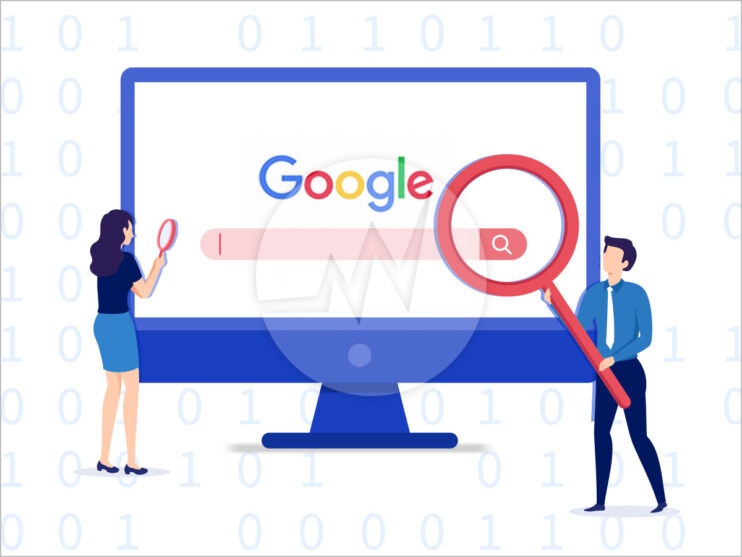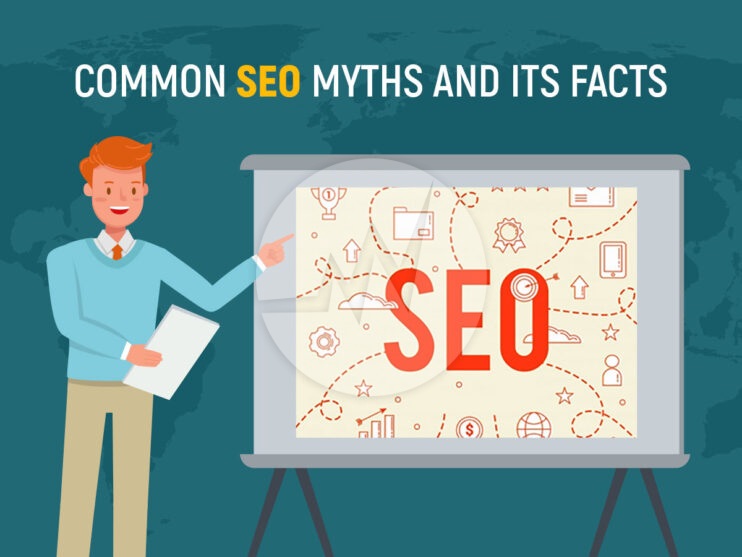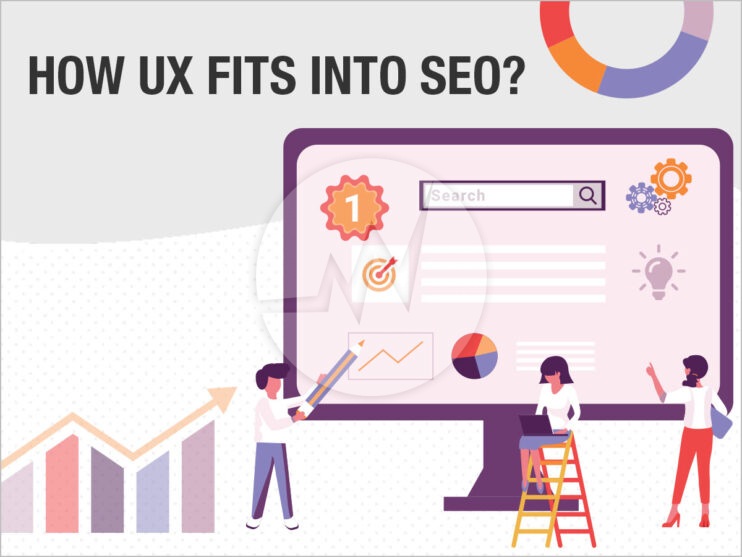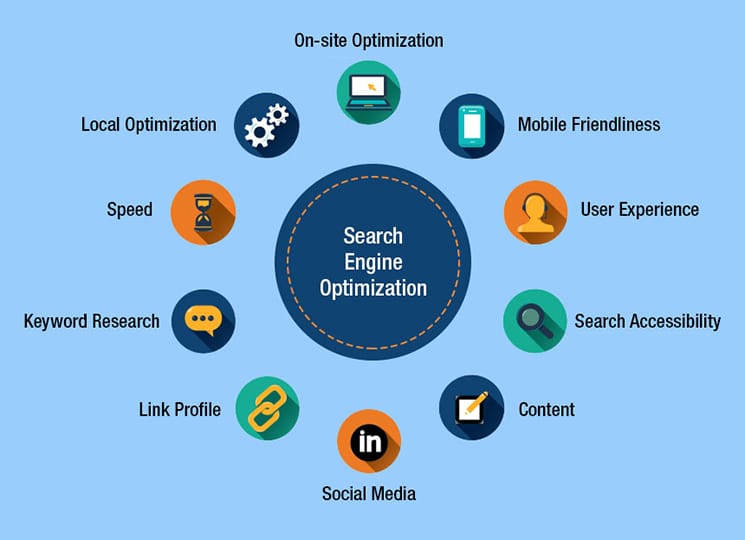How does Google’s Search Algorithm and Ranking System work?

1,000,000,000 – One Billion – That is roughly the same magnitude as the results on Google when you enter search terms such as “online marketing” or “language”. But once you pay attention to the order of the results, they are not just played out somehow. For example, Google search shows you high-quality websites and companies in your area. This is because the result list follows certain rules and processes. In short: an algorithm, as the core program of the search engine Google, determines the order of the results. In the following, we have summarized for you what defines the Google algorithm and what it does.
This is how the Google algorithm came about!
After the use of the Internet conquered the world and more and more results were displayed in Google searches, a system was needed that made the display of the results clearer. This was the hour of birth of the Google algorithm. After that, it is easier for Google users to find the right answer to their question. So even if a billion results appear for the search term “online marketing“, Google will show you the most relevant to you today.
What is the Google algorithm?
An algorithm is a procedure that uses formulas and processes to perform various transformations. This procedure includes a large number of formulas (also called ranking factors) that Google assigns to the algorithm. The transformation of the algorithm is the position of a website in the Google search, which can change due to the formulas/factors. Since the algorithm’s finest hour, Google has been making adjustments to the associated ranking factors almost daily. This is entirely in line with the user experience: this enables users to always find the most relevant and high-quality content when searching. The changes do not always mean for website owners that drastic losses are noticeable in the findability on Google, but this can certainly be the case. For this reason, appropriate SEO measures are advantageous because they optimize visibility on Google by taking Google factors into account.
How does Google algorithm work?
Right at the beginning, when asked about how the Google algorithm works, the answer must be that Google is largely silent in this regard. Understandable, since disclosure of the exact working method would lead to falsified results and manipulation of the Google search. However, there are some known details that website owners should consider for their visibility on Google.
In its beginnings, the algorithm was limited to the task of evaluating websites using only external links. If other high-quality websites often linked to your own, this brought better results on Google. Today, Google takes into account a total of around 200 factors that span the entire bandwidth of the website.
Some of the Google Ranking factors are:
- Website Architecture: Does the page have a good HTML structure?
- Content: How is the quality & originality of the language?
- Visitor behaviour: What is the bounce rate?
- Mobile responsive: Is the website easy to use on a mobile device?
- Page Loading Speed: How much fast your website can be loaded?
- Grammar and Spelling: Google Search uses the grammar and spelling as the quality signals.
Today’s Google algorithm, which is adapted almost daily by Google, takes into account all components of a good website. This starts with the choice of the domain name. The structure of the entire website is also taken into account, both in its programmed HTML form and in its design. In addition to the cleanliness of the HTML code, the website should be modern and user-friendly. The content is also an important component, i.e. the quality of the advertising and information texts and the originality of the language. So-called duplicate content is not welcome on Google. Also, the backlinks are important & the behaviour of visitors to the website is now also regarded as a quality feature. Mobile Friendly websites are must for achieving top rankings!
Google algorithm updates
Numerous updates to the Google algorithm, including the well-known Panda update, implement important filters at regular intervals, such as the content quality filter. Bad websites with thin content lose their ranking positions as a result. Websites with high-quality content, on the other hand, rise. Today’s algorithm also filters the search results based on the topicality of the search term and the location of the searcher. This means that current websites of service providers in the area appear. Word analysis of the entered keyword (search term) also carries out for the search. The word analysis is based on different language models and synonym systems.
The Google algorithm at a glance!
In summary, today’s Google algorithm is subject to countless small and large factors as well as a large number of processes that all relate to the quality of the website. If they are taken into account, Google rewards them with good ranking positions. But if you are now wondering why your own good website does not end up on page one of the Google results, you have to consider that the effective implementation of all the factors of the algorithm and the resulting rise on Google takes a lot of time. The multitude of algorithm factors and the multitude of websites make visibility on Google a real challenge and a competition that can and can be mastered!
Do you require more traffic for your website or got any questions? If you are looking for more traffic, more sales, quality SEO Strategies, search engine optimization services, content marketing strategies, SEO content optimization, online marketing, social media marketing, digital marketing services, PPC campaign management services and more, Please Explore our SEO Packages!







